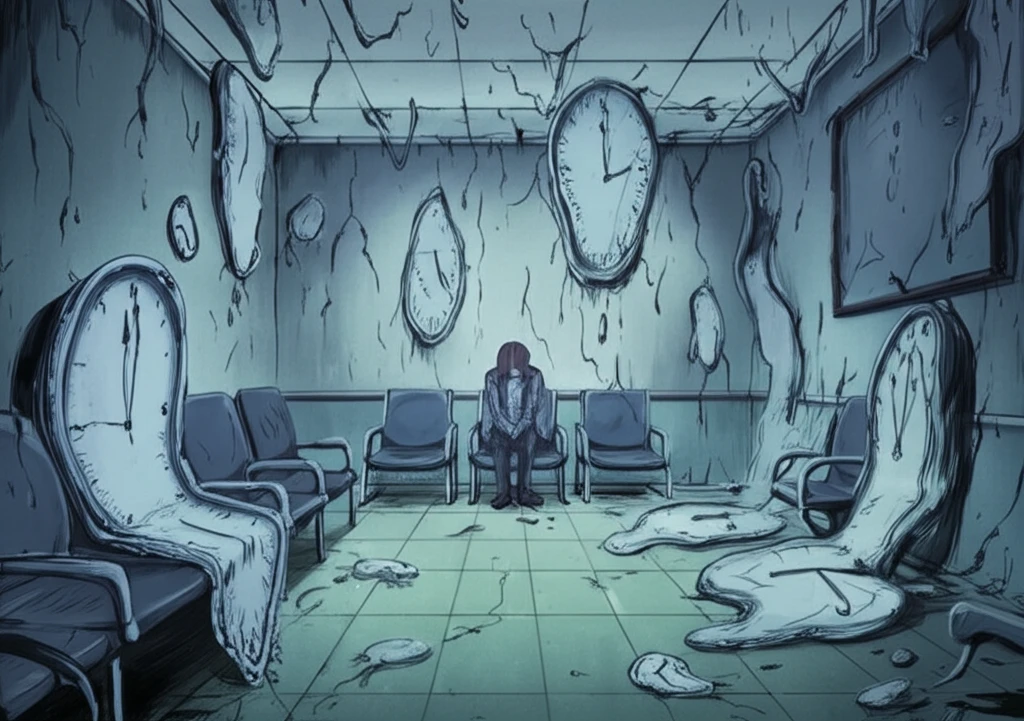
Is Your Waiting Room a Black Hole? Appointment Scheduling That Respects Your Time
"Discover how robust appointment scheduling, complete with waiting time guarantees, can transform healthcare experiences and boost customer satisfaction."
In today's fast-paced world, time is a precious commodity. Few things are as frustrating as the feeling of wasted time, especially when it involves waiting for scheduled appointments. Whether it's a doctor's office, a public service center, or even a call with customer support, excessive waiting times can lead to dissatisfaction, perceived poor service quality, and a decline in customer loyalty.
Appointment scheduling, while intended to bring order and efficiency, often falls short of its promise. Traditional methods frequently juggle cost minimization with customer satisfaction, often prioritizing the former at the expense of the latter. This balancing act typically involves weighted sums that may not adequately address individual waiting times or ensure a fair experience for everyone.
However, a new paradigm is emerging in appointment scheduling—one that places a premium on respecting your time. By introducing robust systems with waiting time guarantees, service providers can minimize costs while ensuring that every customer's waiting experience remains within acceptable limits. This approach not only enhances satisfaction but also fosters trust and loyalty.
The Problem with Traditional Appointment Scheduling

Traditional appointment scheduling often misses the mark when it comes to balancing efficiency and customer satisfaction. Many existing systems rely on weighted sum approaches, attempting to minimize a combination of costs and waiting times. The problem? These systems often prioritize cost minimization, leading to unbalanced and excessive waiting times for some customers. This can result in a frustrating experience and a perception of poor service, ultimately damaging customer loyalty.
- Lack of Individual Attention: Weighted sum approaches often overlook individual waiting times, focusing instead on averages.
- Unfairness: Some customers experience significantly longer waits than others, leading to dissatisfaction.
- Inflexibility: Traditional systems struggle to adapt to unpredictable service times and no-shows.
- Damaged Loyalty: Excessive waiting times can erode customer trust and loyalty.
The Future of Appointment Scheduling
The integration of waiting time guarantees is more than a mere scheduling adjustment; it's a declaration that every minute of your time matters. As technology evolves, so too will the sophistication of scheduling systems, paving the way for services that are not only efficient but also deeply respectful of their customers.
